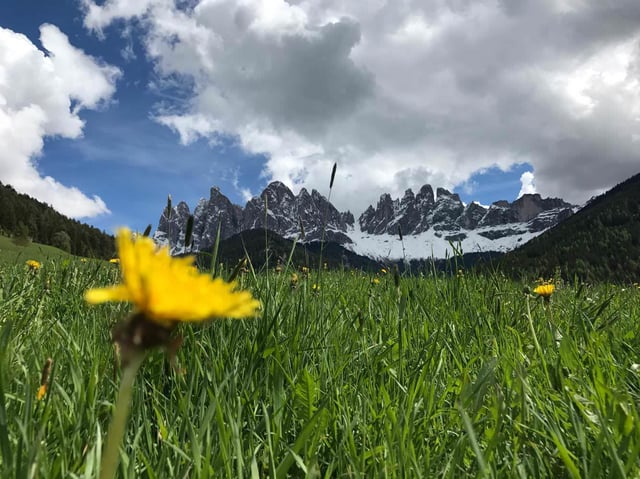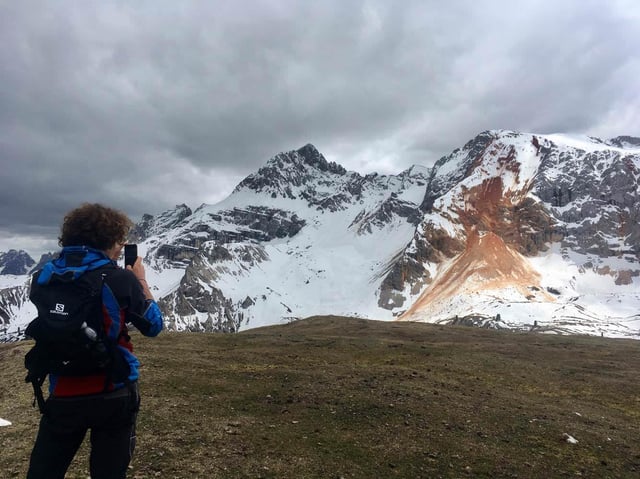How to Prepare for an Active Travel Retreat
Active travel retreats are becoming an increasingly popular method of travel for those that like to move. Instead of waking up early on vacation and or trying to squeeze in a run, ride, or yoga practice in a busy travel itinerary, the method of activity is instead the focus of the travel itinerary.
As a runner and coach, my most memorable and authentic moments of travel happen while on a run. The process of taking a human powered slow road through a new country is, in my opinion, an unmatched method of experiencing a new culture. Below are some tips to consider when preparing for an active travel retreat.
1. Don’t underestimate training
Don’t underestimate the importance of training for an active travel retreat. Even if you participate in the activity regularly, the format of a retreat typically includes an activity for several hours at a time, or even twice a day. Preparing for this back-to-back activity can be incorporated in the 8-12 weeks leading up to a retreat.
For example, if you’re attending a running retreat, this can be accomplished by the use of heavy training blocks. An example of a training block is a long run one day (mimicking the terrain of the retreat location) followed by a medium-long run or long and strenuous hike the next day (with 12-24 hours in between). Or, a long run followed by a medium length hike later in the day. A double day (performing the activity twice in one day allowing at least 6 hours in between) can also be incorporated once in the week.
For retreats where you’ll be on your feet for several hours per day, you’ll want to prepare for this in your training. These blocks should be used sparingly, such as once per week, and be surrounded by recovery days in order to give your body a chance to adapt to the training and show up to the retreat injury free. The more you prepare for your retreat, the better you’ll be able to enjoy it!

2. Prepare for the climate of the retreat location
Will your route be on the road or on mountainous trails? Will it be at sea level or high altitude? Will it be hot and humid? Extreme climates are important to take into consideration. These type of climates stress your body more than standard environments. If you’re traveling from sea level to high altitude, take it especially slow the first few days and be sure to drink plenty of water.
Recovery is also of note in high altitude environments as your body uses a greater percentage of carbohydrates for fuel, so enjoy that croissant or baguette during or afterward! Heat training can be incorporated to acclimate for hot and humid environments. Either sparingly practicing your activity in a hot or humid environment or sitting in a sauna or warm bath for 20-30 minutes after exercise has been found to improve heat acclimatization.

3. Pack efficiently
If you’re on an active travel retreat, chances are you will only have to carry a daypack during the activity portion of the retreat. You’ll want to keep it as light as possible while still carrying the essentials of what you’ll need for the day.
An example of what I like to carry during the day for a running retreat is about 32 oz of water, a few snacks or sports nutrition products, water purifying tablets (only as a back-up), currency, credit card, identification, a mini first aid kit, phone or camera, a GPS or Satellite device, maps, and an extra layer. I’ve also found an inexpensive poncho can come in handy as a lightweight add for unexpected showers or to spread out to sit on a wet surface.
Speak with your trip leader or retreat organizer about suggestions for what to pack both for the day and retreat in general.

4. Let go of your training schedule
Don’t forget the purpose of the active travel retreat, which is ultimately to use that activity to explore a new area and take a break from your day-to-day routine at home. Embrace the moments where you might be going slower than you would normally, stopping to take pictures or chat with locals, or enjoying a delicious meal or beverage in the middle of your activity. Don’t be tied to a particular mileage, pace, workout, or routine. Embrace the fluid itinerary and be open to making new memories!

Wellness travel and staying healthy on vacation are becoming bigger considerations for people choosing their next trip. Why not incorporate your health and a vacation with an active travel retreat? Check out active retreats like a running retreat in the mountains of Italy, and other group trips on WeTravel, or create your own trip for free!
New resources, straight to your inbox
We’re committed to your privacy. WeTravel uses the information you provide to us to contact you about our relevant content, products, and services. You may unsubscribe at any time.




